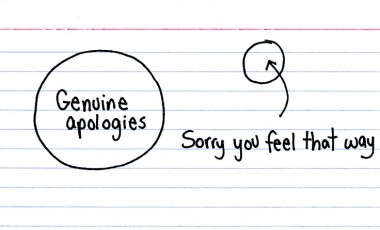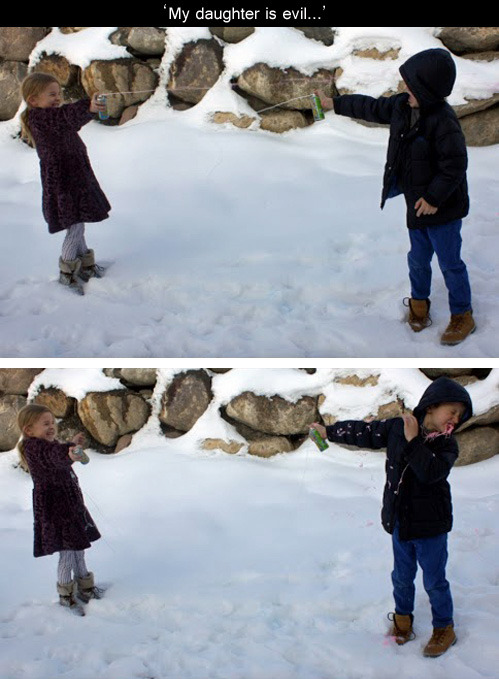Looking approximately northwest from Dee Wright Observatory, Little Belknap Crater (pronounced "bell-knap," silent 'k') center, Belknap Crater, left, and Mount Washington, right. I had glanced at various maps of the flows in this area, but never taken much time to think about them. It turns out, Route 242 more or less follows the convergence zone of young flows from the Belknap area and those from the north flank of the North Sister- in particular, a flow (or flows) from Yapoah Crater border the south side of the road. Just east of the pass and observatory, a young flow from Yapoah crosses and extends some distance in a finger to the north east.
Below are a couple of screen captures from issues of DOGAMI's "Ore Bin"/Oregon Geology. The first shows the regional structure of the area I've been dwelling on the last couple of weeks, Upper McKenzie River and McKenzie Pass. The second shows a map of the layout and sources of the young lava flows in the area.
Screen capture from page 6 of this PDF; scale and location moved digitally. McKenzie Pass and Dee Wright Observatory would be just west of the circled "242" route label near the center of the image.
This map of lava flows in the area dates to 1965, which I mention because I'm certain there have been some changes. However, I doubt the general overview has, very much. From "RECENT VOLCANISM BETWEEN THREE FINGERED JACK AND NORTH SISTER OREGON CASCADE RANGE" (PDF, screen capture from page 3.)
Photo unmodified. August 21, 2011. FlashEarth location.
Is This Your Hat?
11 years ago










































